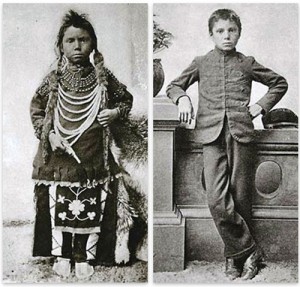In our ASTU class this term, we’ve discussed the importance of archives in conjunction with silences,voices, and whose lives matter. In a Globe and Mail article published March 16th, an internal investigation revealed a gap of 266 people in the national database of missing individuals within Canada. Given that, “Indigenous women are far more likely to disappear or be killed than non-aboriginal women” (Carlson and D’Alieso), the reality of these numbers is hard to conceive. This void in the RCMP national database suggests a silencing of the marginalized lives Aboriginal women, and their families, across Canada.
In the same Globe and Mail article, one interviewed woman, Ms. Williams, shares that her aunt, Belinda Williams, went missing in 1977 and her whereabouts is still unknown (Carlson and D’Alieso). Ms. Williams’ cousin, Tanya Holyk had also gone missing, but her DNA was found on the Pickton farm; where many other Aboriginal women remains were found.
One of the many other victims was named Sarah de Vries. Her ethnicity of “black, Aboriginal, Mexican Indian, as well as white” (de Vries 1) combined with her living in the Downtown Eastside of Vancouver made her a vulnerable target. As required reading for my ASTU class, Missing Sarah: A Vancouver Woman Remembers her Vanished Sister, opened the dialogue of ethical representation. Maggie de Vries, sister of Sarah de Vries, created a space for Sarah to occupy an authentic voice within the frame of non sensationalized reality.
As additional stories of missing and murdered Aboriginal women in Canada are told, media outlets, the RCMP, as well as the government of Canada have ethical roles and responsibilities to attend. I’m left wondering who will monitor that progress? and how will such institutions be held accountable?
Carlson, Kathryn Blaze, Renata D’Alieso. “Substantial gap discovered in RCMP database of anonymous dead.” Globe and Mail. Web. 16 March 2015
de Vries, Maggie. Missing Sarah: A Vancouver Woman Remembers her Vanished Sister. Toronto: Penguin Canada, 2003. Print.
